|
I re-visited the west coast Ireland from 13-15 March, this time heading north to Sligo and Donegal, before continuing back south to Kerry for the final day. One bird I was really keen to see was the American Herring Gull at Sligo Harbour, found by Séamus Feeney while we were over in late February. It was actually a bit of a pain, with several visits to the harbour area throughout my first morning producing only a five-minute showing before it disappeared once more. That said, the bird was every bit as impressive as it had appeared in Séamus' photos. It was big, bulky and dark, with amazing detail in the rump, tail and upperwing. Not pretty, but spectacular nonetheless. While I was waiting for the smiths to put in a performance, I paid a couple of brief visits to Doorly Park, on the other side of Sligo Town, where the regular adult Ring-billed Gull kept me entertained. It was a nice bonus to come across a second bird, also an adult but clearly different on head moult alone, back at the port while searching for the AHG. The decline in the species has been stark over the past five years especially, as I recently bemoaned in the February trip blog, so finding one anywhere in Europe now makes for a good day. Leaving Sligo at lunchtime, I birded up the coast to Killybegs and saw next to nothing of interest. So, it was a relief to quickly find a couple of Iceland Gulls and a Glaucous Gull at the head of the tidal estuary on the approach road into the famous fishing town. I was starting to become a little worried that it was going to be a quiet visit prior to this, so was pleased to find the port full of trawlers and plenty of gulls about. Numbers were in to the low thousands, the vast majority being Herring Gulls. Given the dreadful winter for both white-wingers, a total of seven Iceland and three Glaucous Gulls by dusk was probably not a bad result in the end. Despite its obvious track record and continued potential, I have to admit that I find Killybegs quite a frustrating site to work. Views are often not great: birds are mobile, often distant, and have a habit of disappearing. They're often skittish, especially in the inner harbour. If there are lots of boats in, as on this visit, viewing is quite difficult and restricted. If only you could still get in the port compound itself, where there's loads of free quay space and lobbing bread out would no doubt quickly concentrate lots of birds and views would be so much better. I gave the area another go the following morning, but it was clear that several trawlers had left, taking a good proportion of the birds present yesterday with them. Just two apiece of Glaucous and Iceland Gulls had revealed themselves by mid-morning, so I got back on the road south. Calling in at Sligo again, the weather had deteriorated significantly and it was now dull and windy, with squally showers. Nonetheless the American Herring Gull put in a much better performance than the previous day, this time almost exclusively on the ground. I then headed over to the Mayo coast and worked Achill Island and the south Mayo loughs until dark. It was really rather quiet everywhere; not a single winger to be found, and my efforts were saved by the continuing presence of the Green-winged Teal at Keel and Lesser Scaup on Lough Doo, both of which were additions to my non-existent Achill list. Otherwise, it was a female Greater Scaup at Lough Baun, west of Louisburgh, that represented the next-most significant bird. The sight of a massive female Peregrine finishing off a freshly caught adult Lesser Black-backed Gull was impressive, if sobering. And at least the sunset was nice. I drove down to Kerry during the evening, arriving in Tralee a short while before 11 pm. The next morning I started at Dingle Harbour, where a subtle adult Kumlien's Gull was among the good numbers of Herring and Great Black-backed Gulls in the harbour itself. The demarcated grey was most apparent in p10 and could be seen in the field at times, but was also obvious in photos on p9 and, in the close-ups, a tiny bit was on the outer web of p8, too. Nearby Milltown produced a couple of juvenile Iceland Gulls. Unfortunately, the rest of the peninsula was a bit quiet. Having dipped it in February, I was keen to see the adult Kumlien's Gull at Tralee, so retraced my steps back there for late morning. I saw it a couple of times, but generally overhead as it hung in the wind; it never seemed interested in coming down for the loaves. A bit more contentious was a near-adult Iceland-type here. It had been around a few days but seemed to show faintly darker outer webs to p9-10 in most photos (although not all), with an apparent darker leading edge to p10. In addition, the upper-part tone was perhaps a bit darker than typical Iceland (accounting for the bright sun at the time). On this basis it's a Kumlien's too, admittedly a pretty crap one, but it feels like it falls in a bit of a grey area and perhaps I'm looking too hard and some of these things are photo artefacts. I spent the early afternoon covering the prime gulling sites on the Iveragh Peninsula. There were good numbers of birds at both Reenard Point and, especially, Portmagee. The regular adult Iceland was still at Reenard but, despite perhaps 400 birds present around Portmagee, no white-wingers were to be found.
Castletownbere in Cork was the next port of call, where I bumped into Fionn Moore, but the American Herring Gull appeared to have gone – two Iceland Gulls floating about there, though. A couple of Med Gulls in Bantry Creek were the best in that immediate area, but Baltimore was deathly quiet on Sunday evening. And that concluded another entertaining – if not spectacular – few days out west. There are, as always, plenty more photos of the star birds in the photography section of my website.
0 Comments
Leave a Reply. |
This pageThe musings of a wildlife enthusiast, usually armed with his camera. Archives
May 2024
|
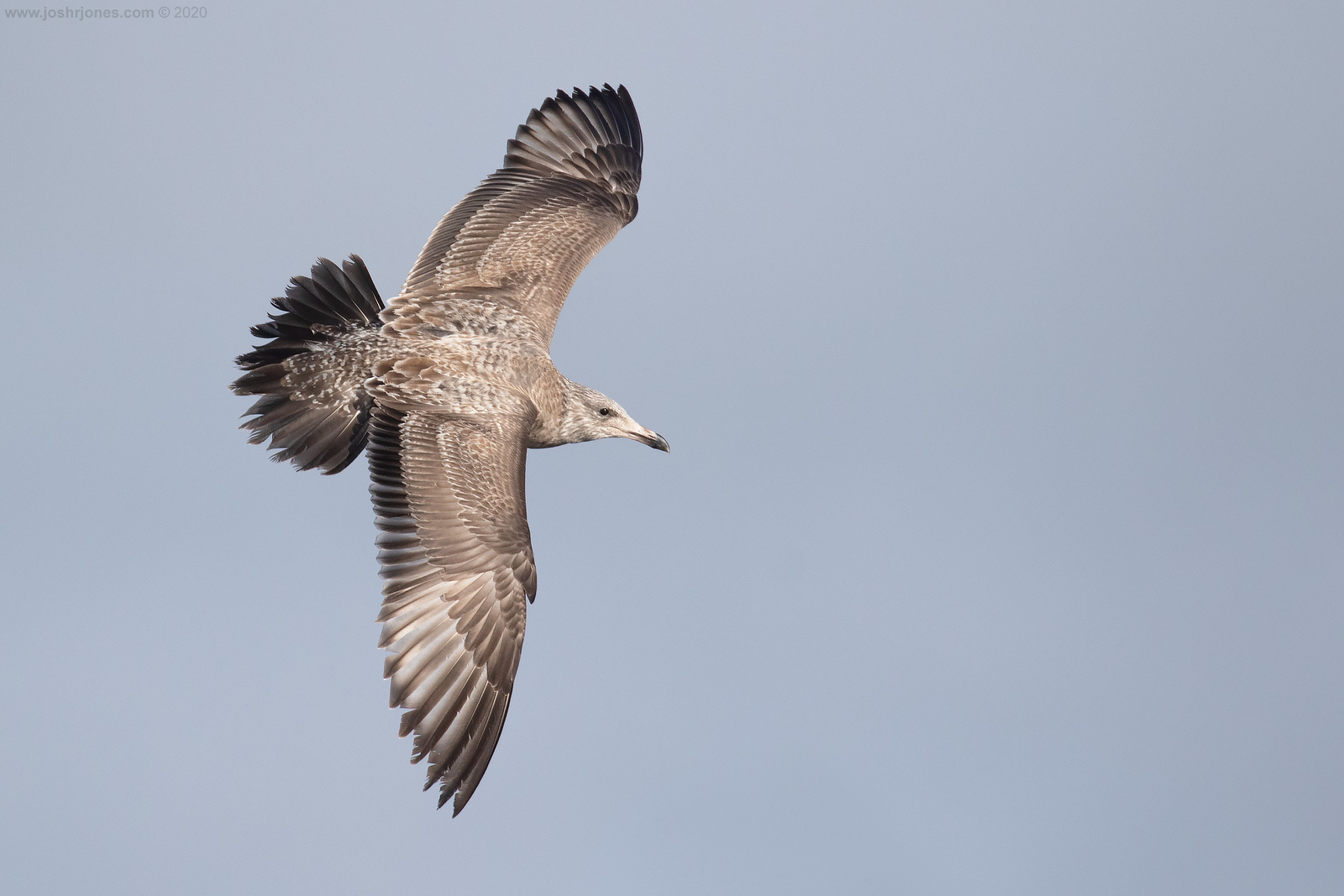
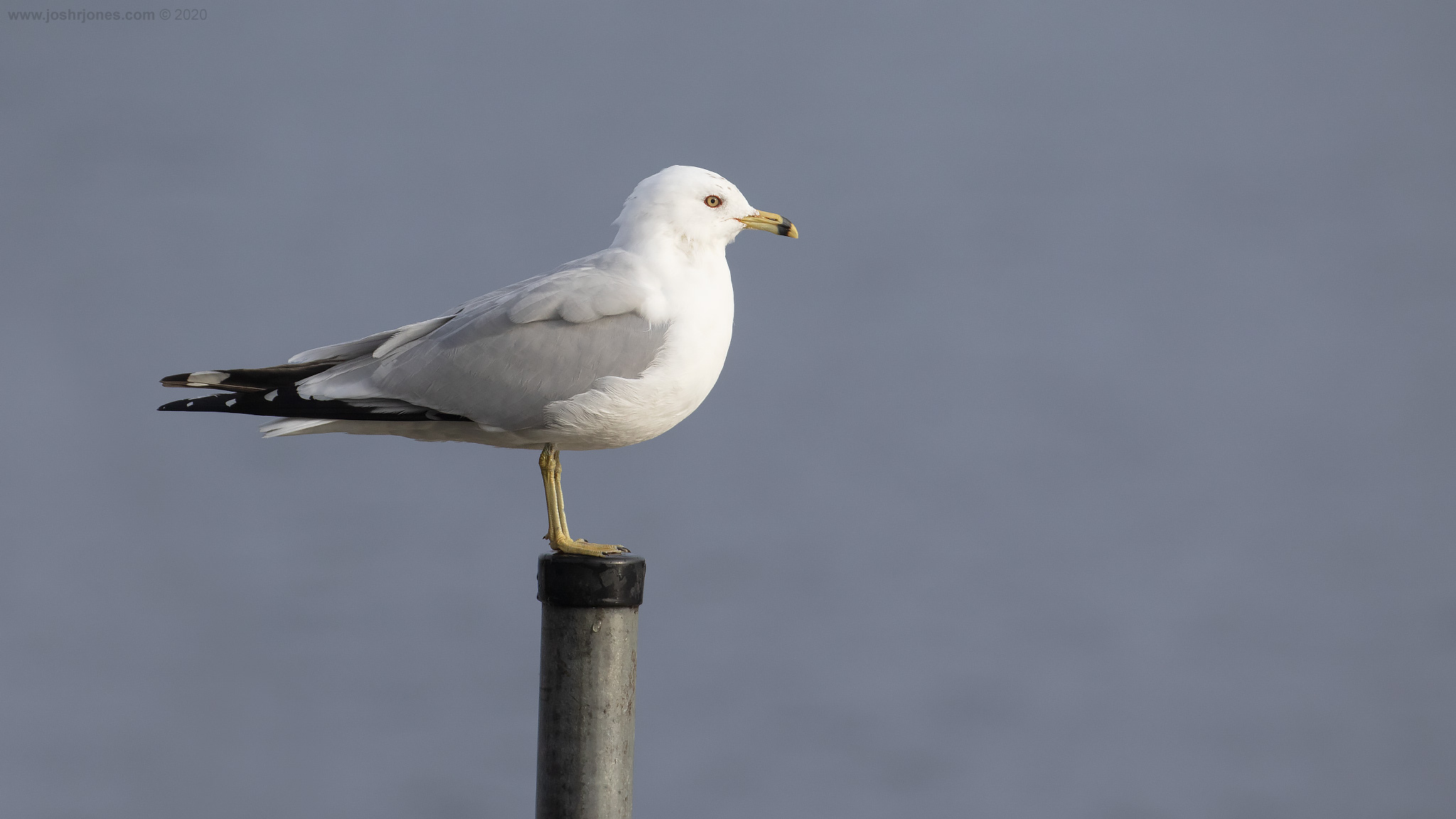
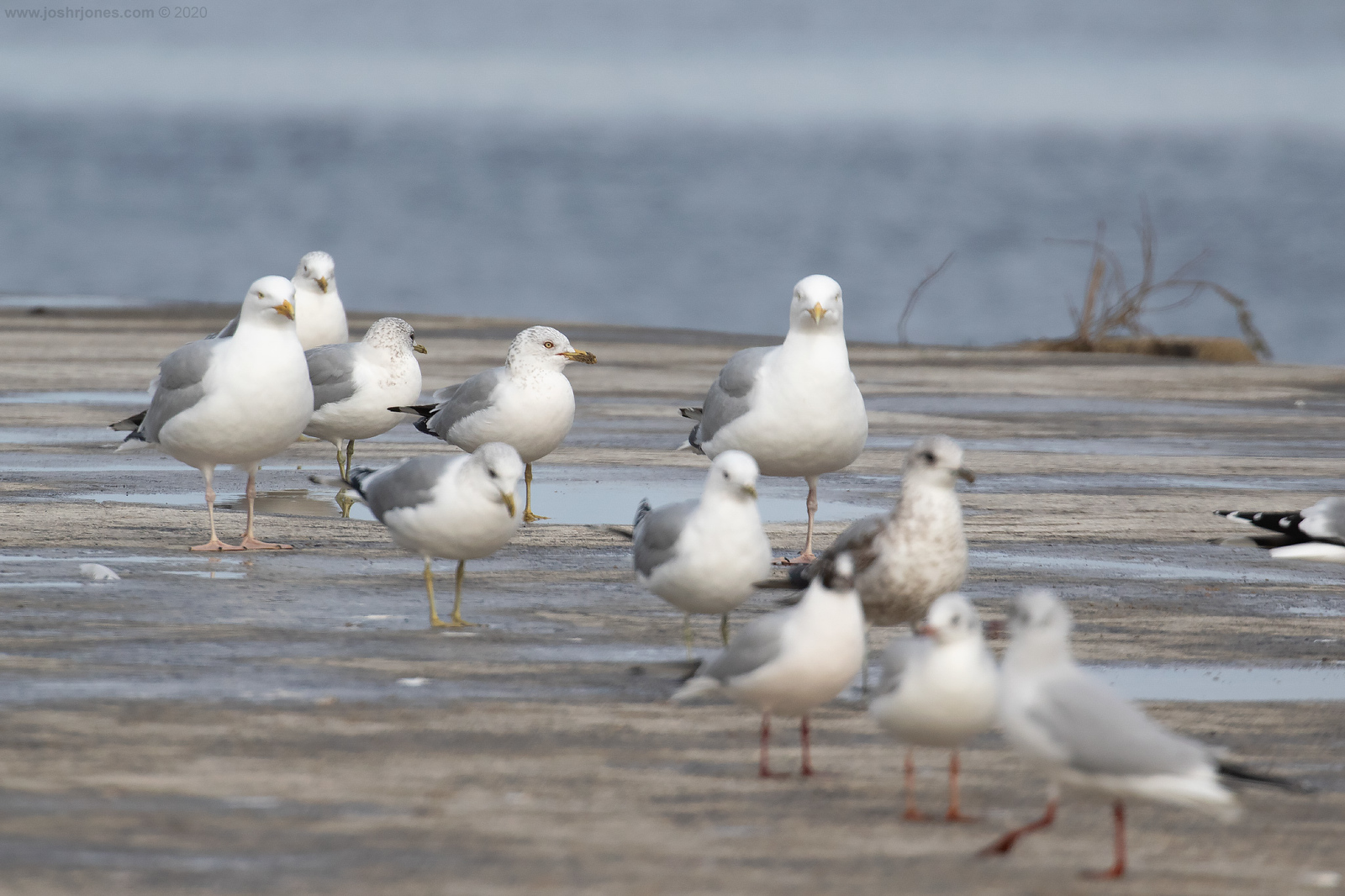
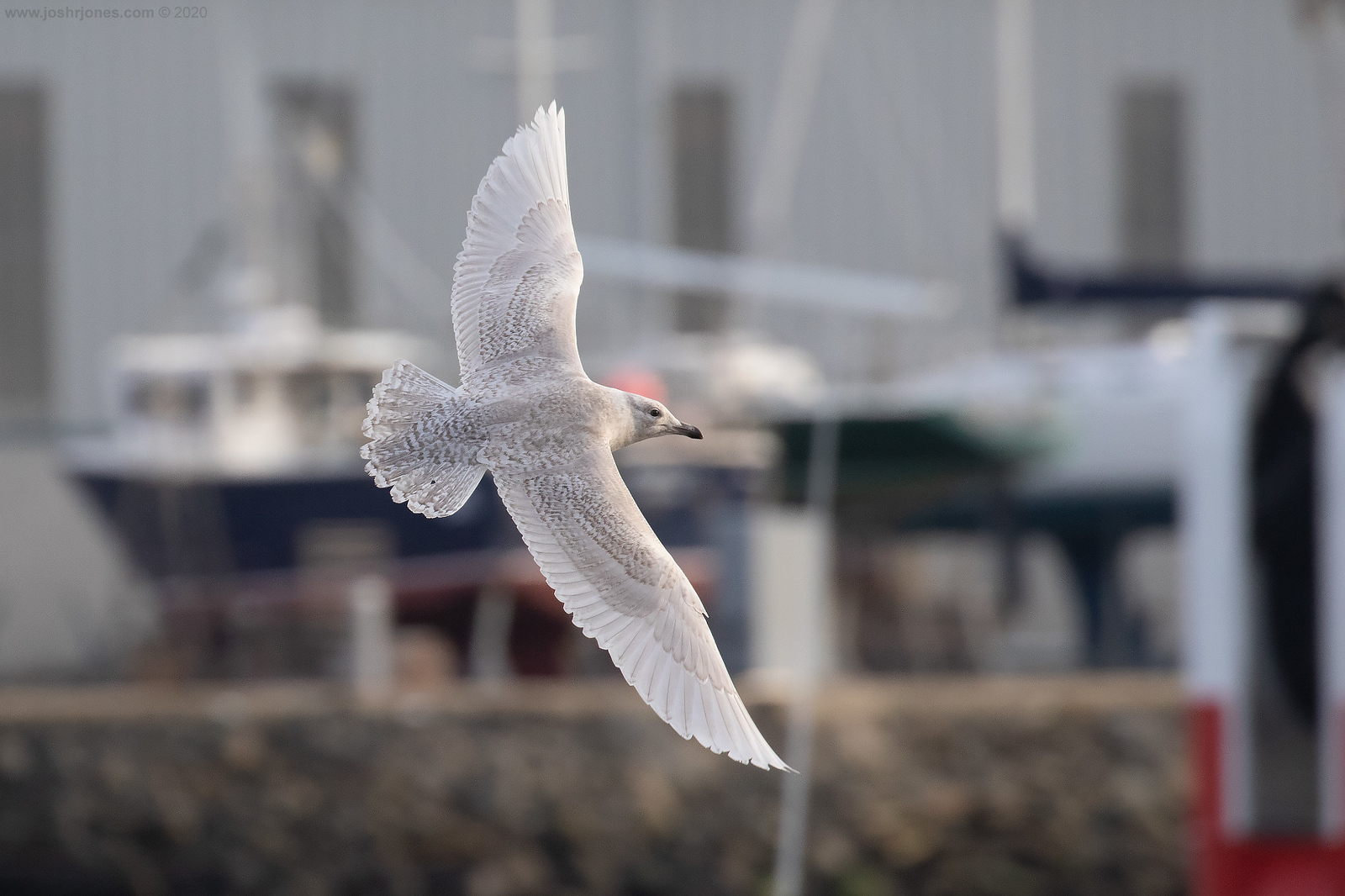
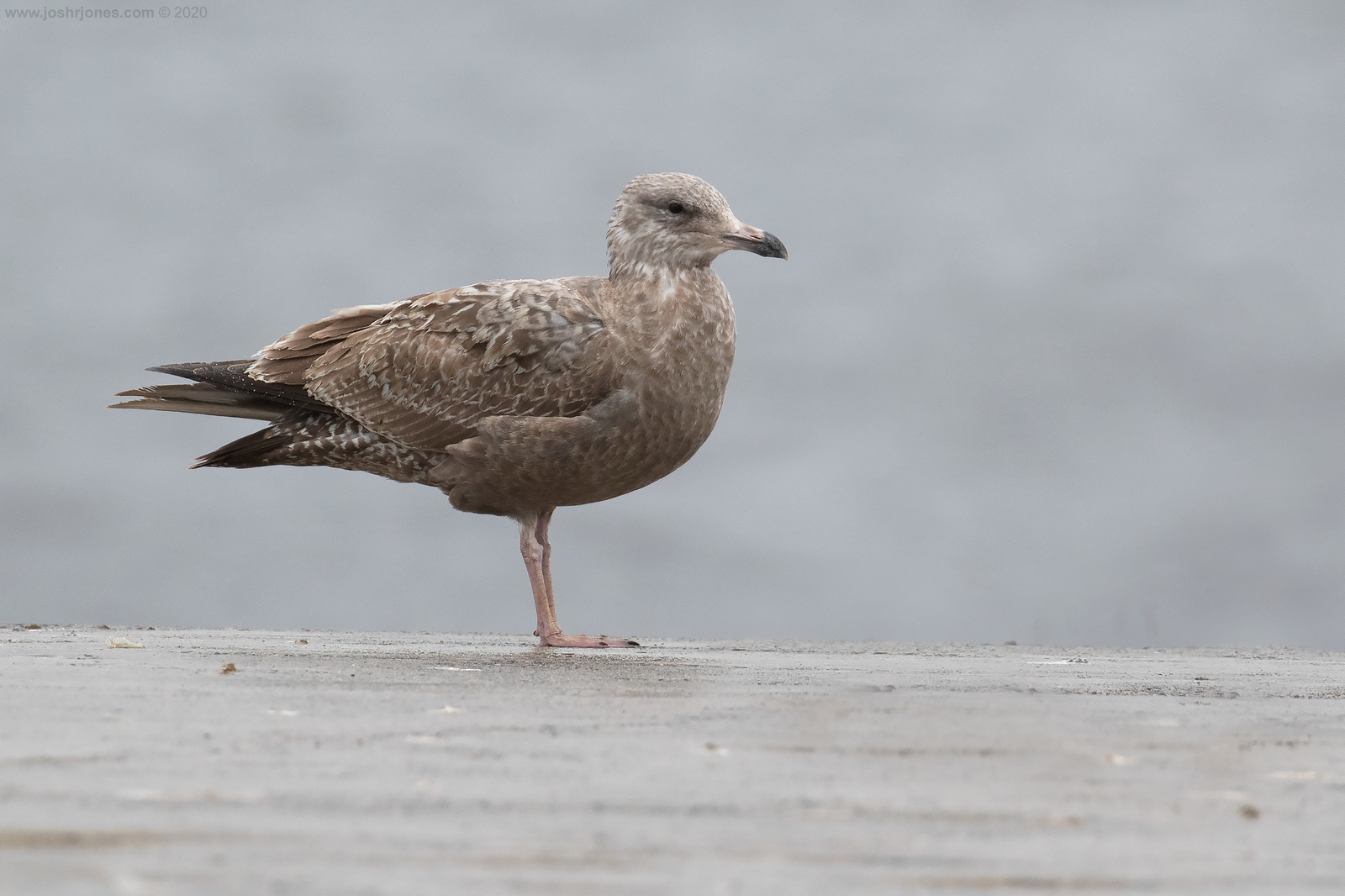
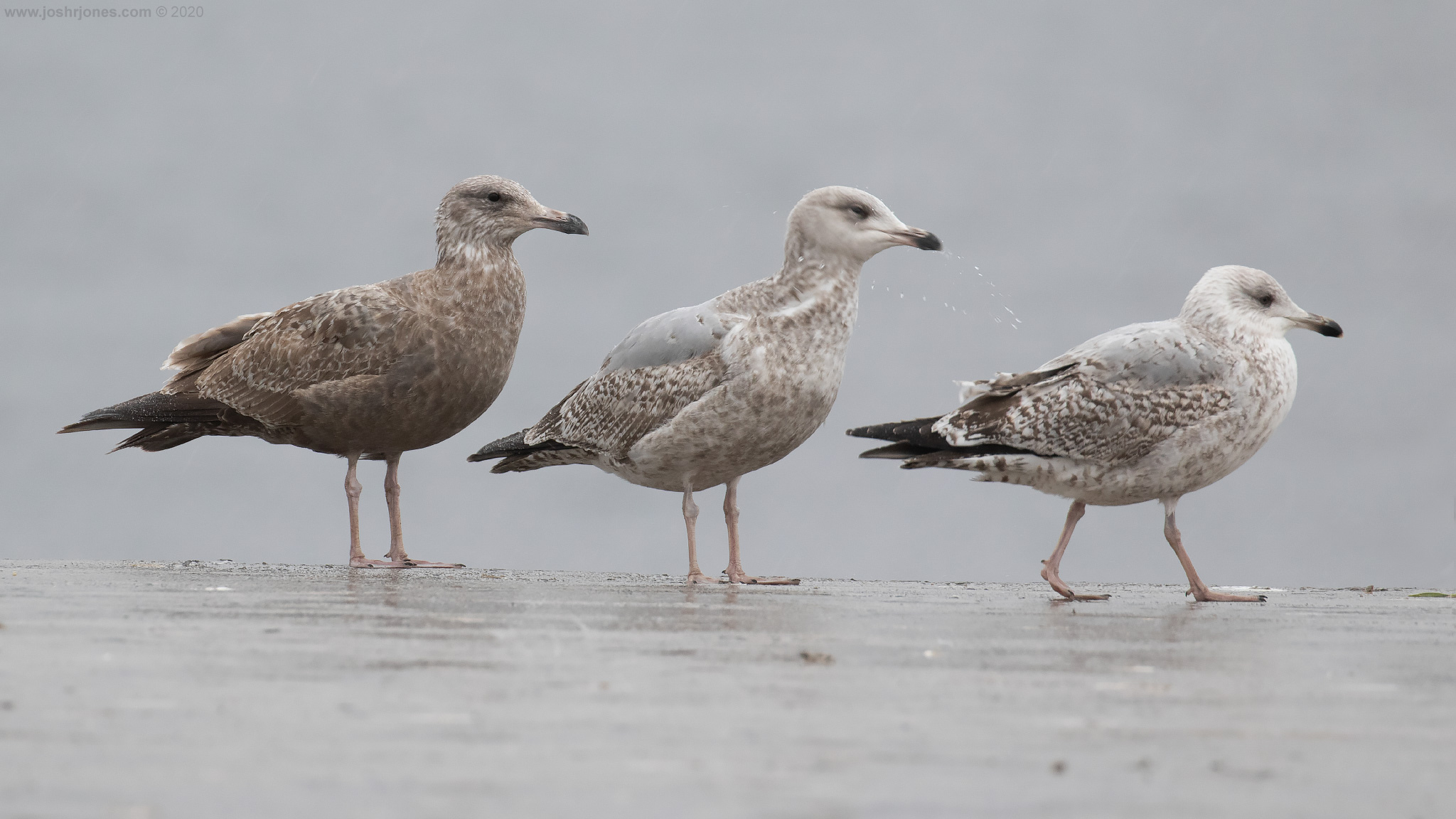
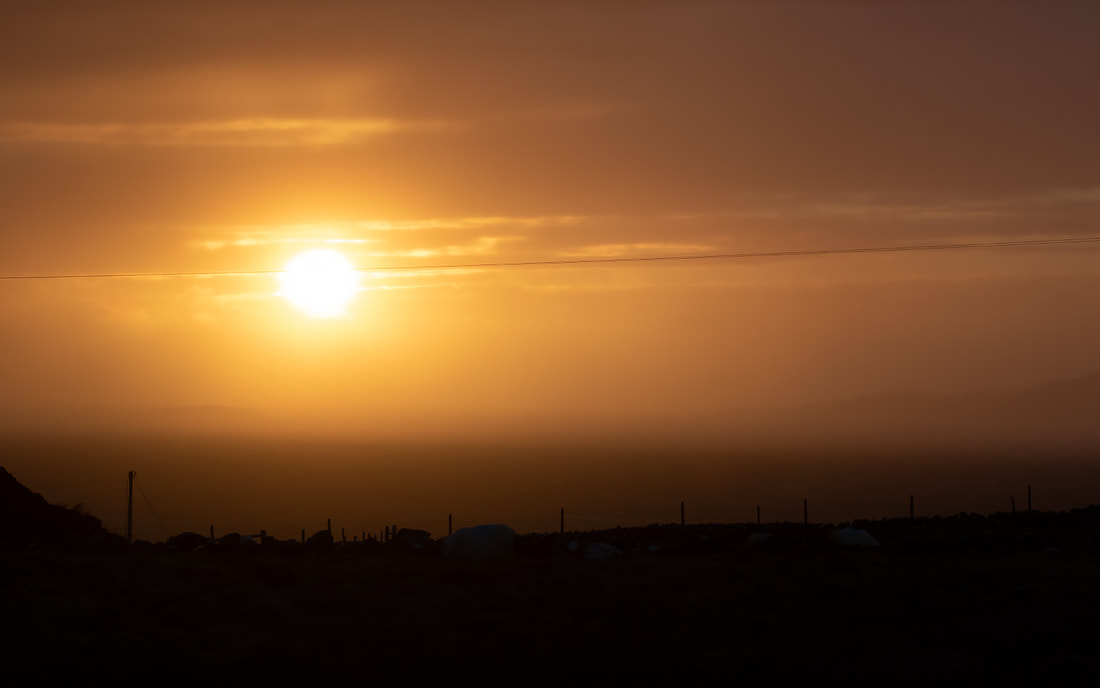

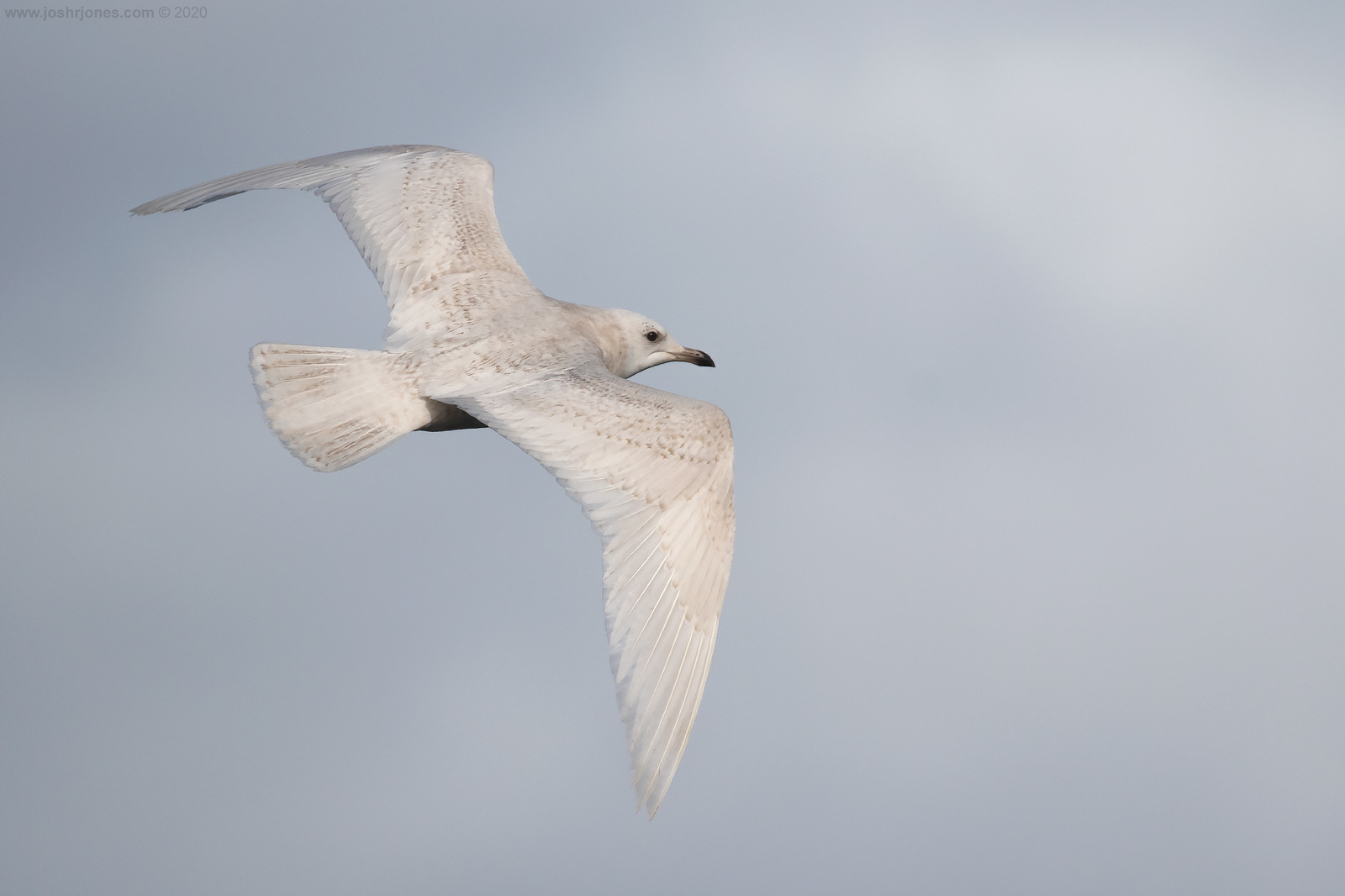
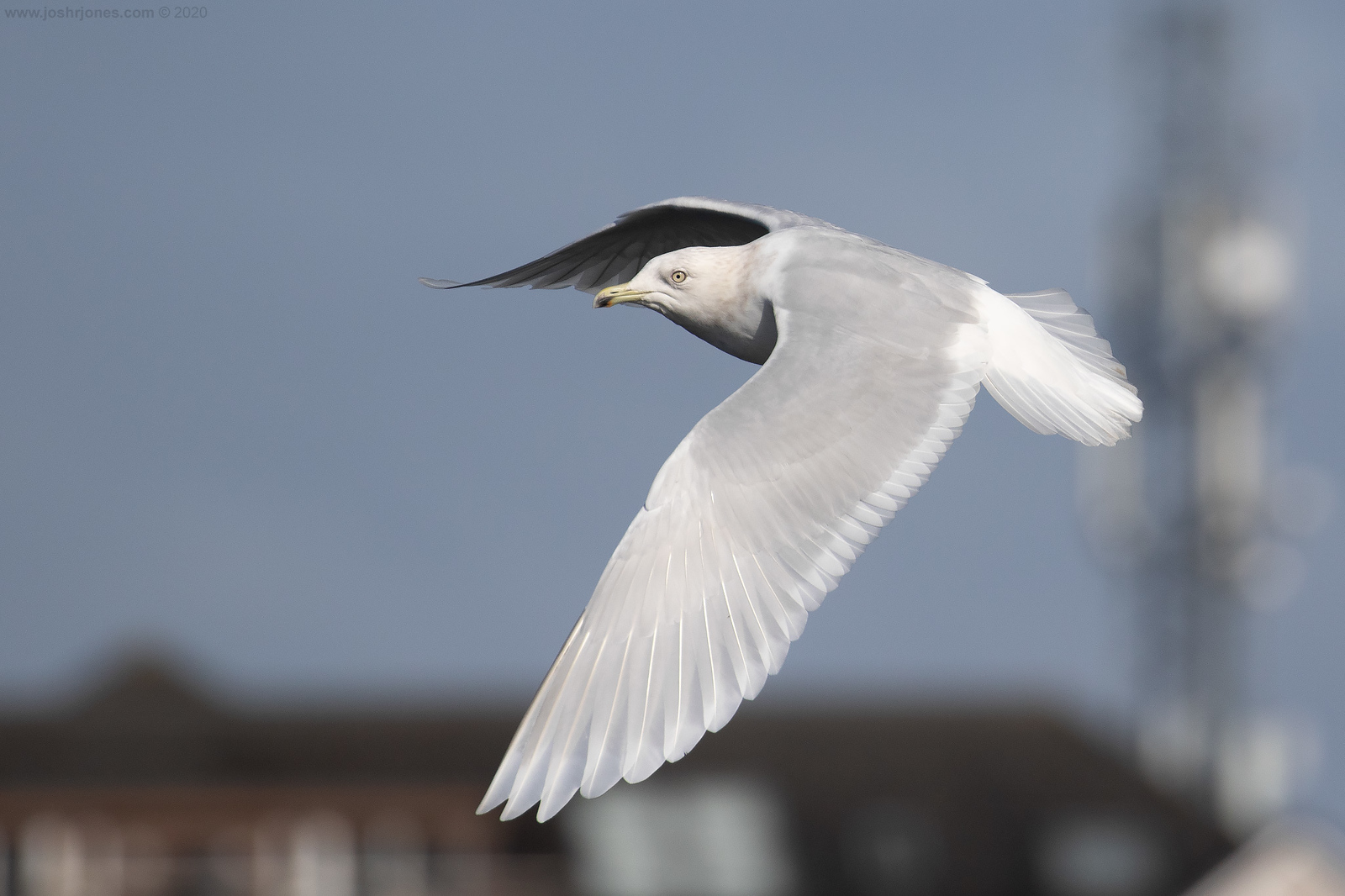
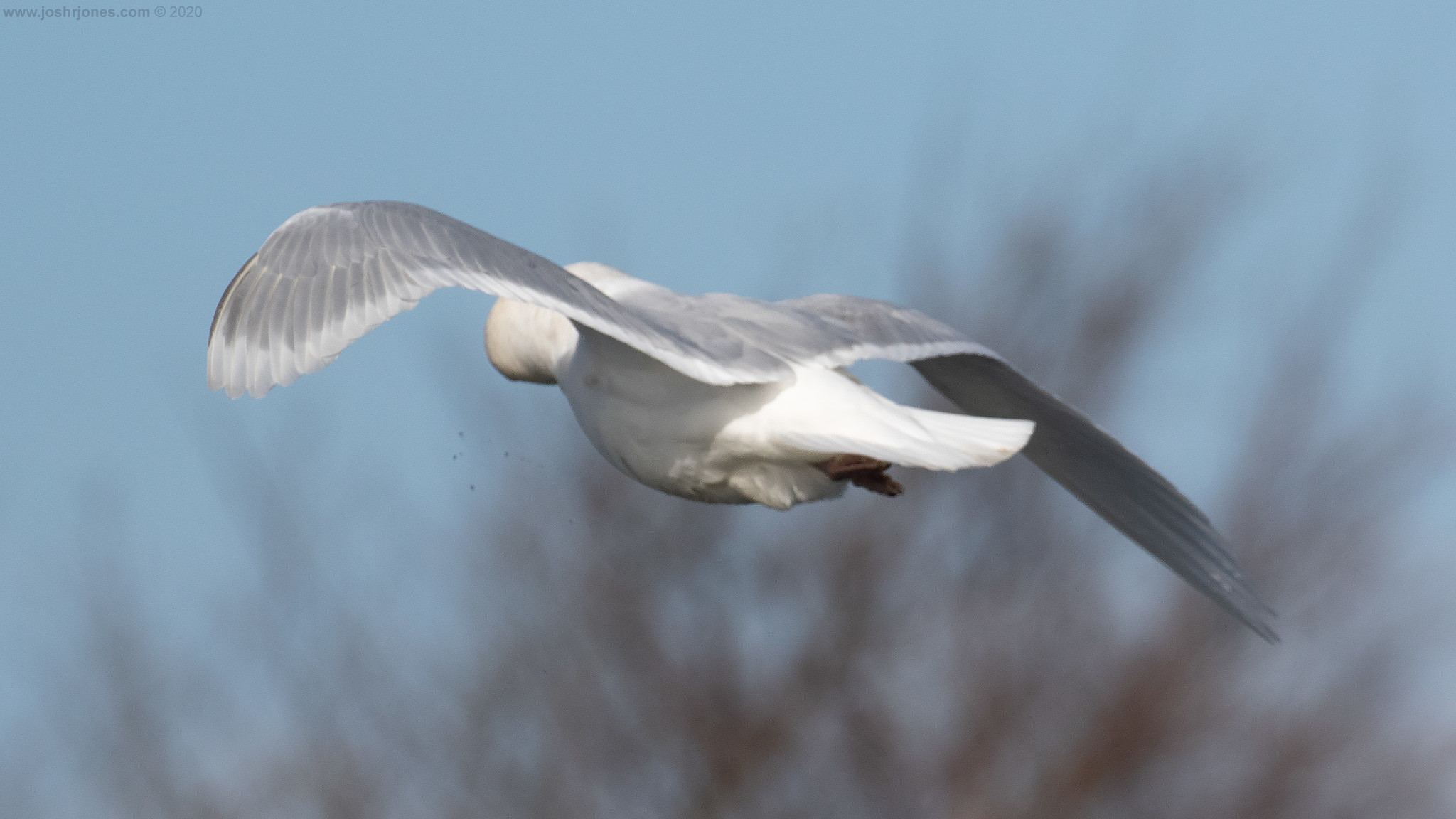
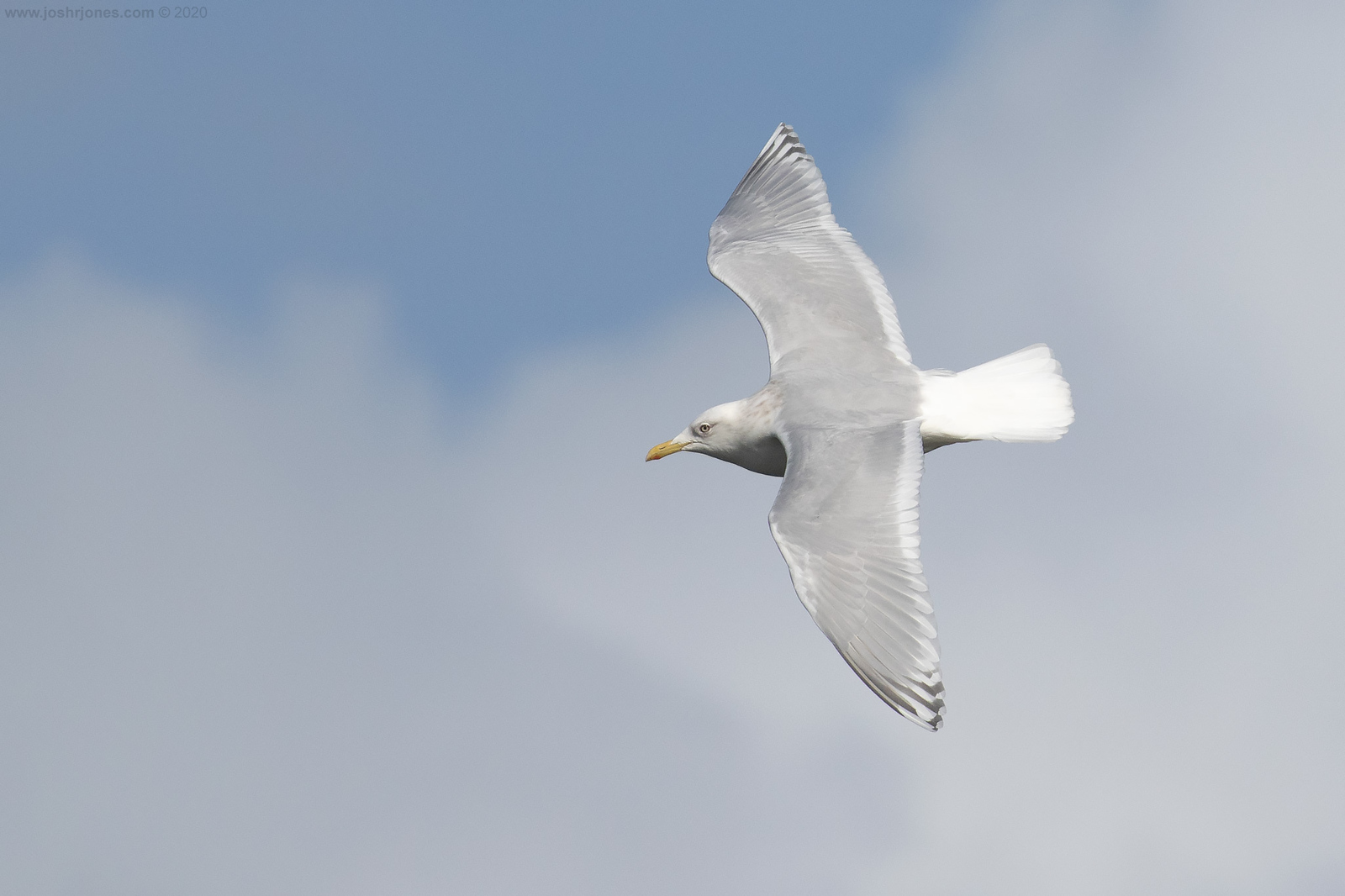
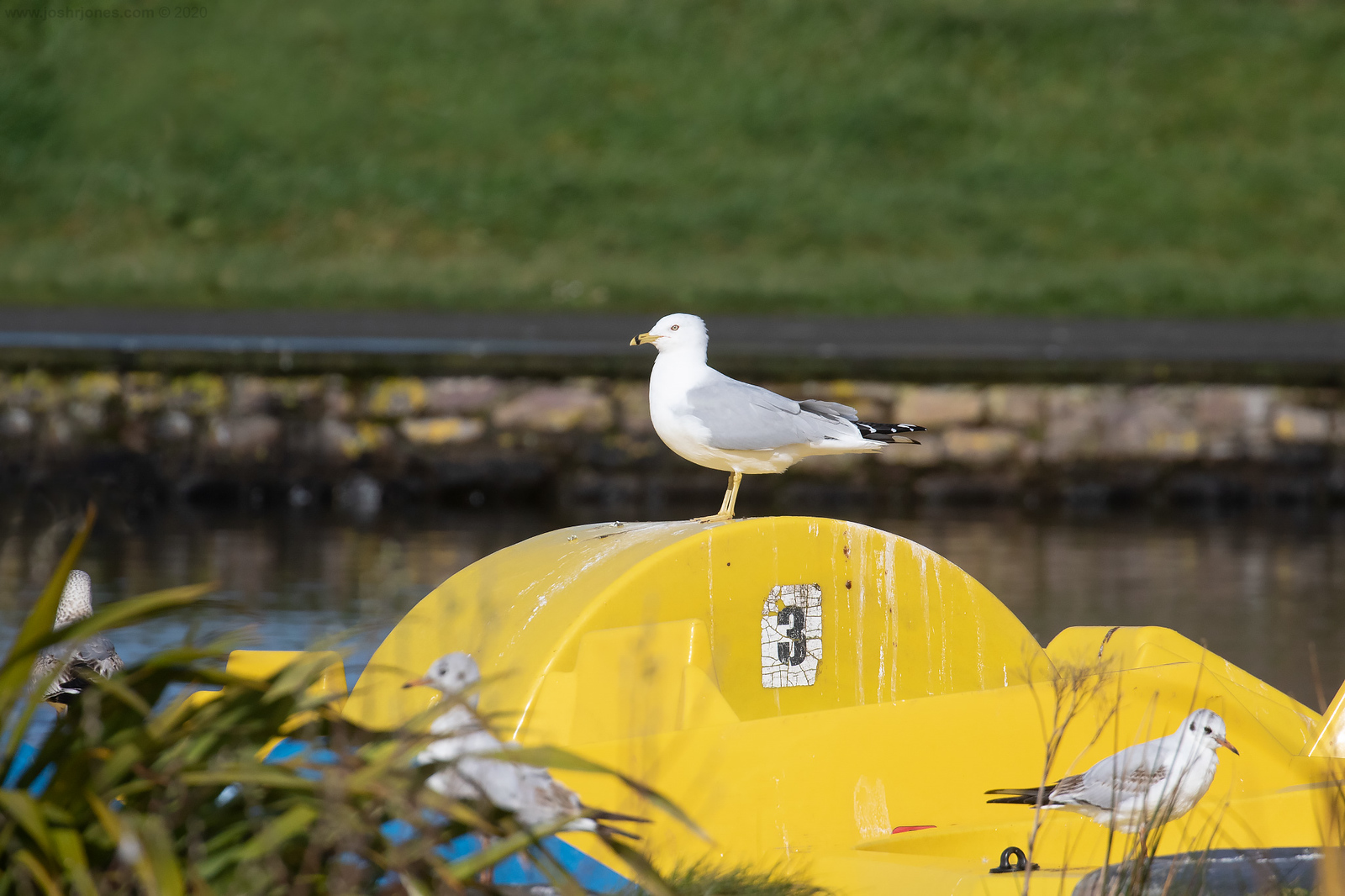
 RSS Feed
RSS Feed